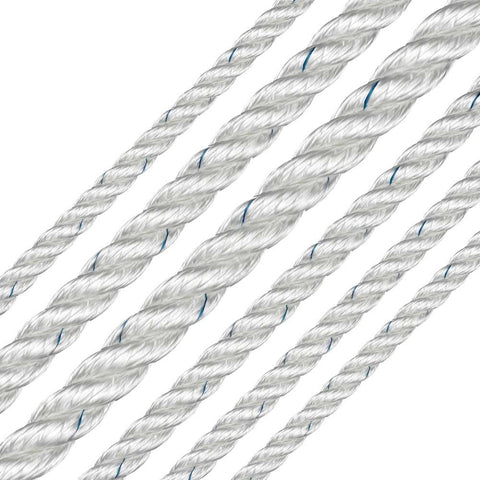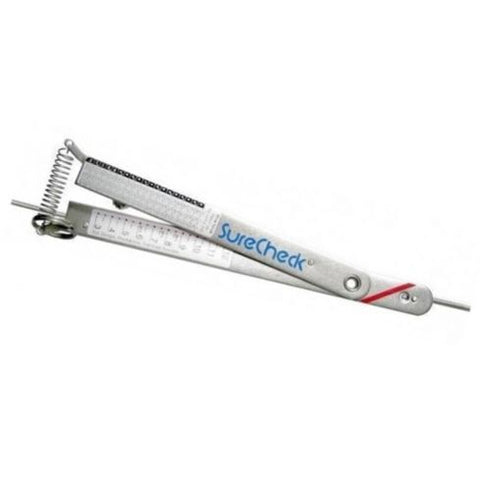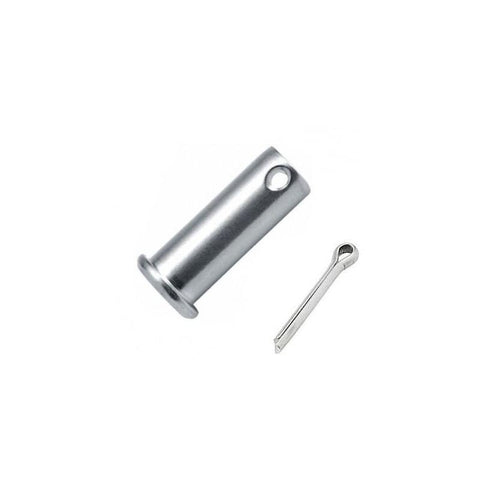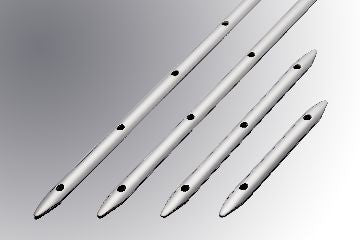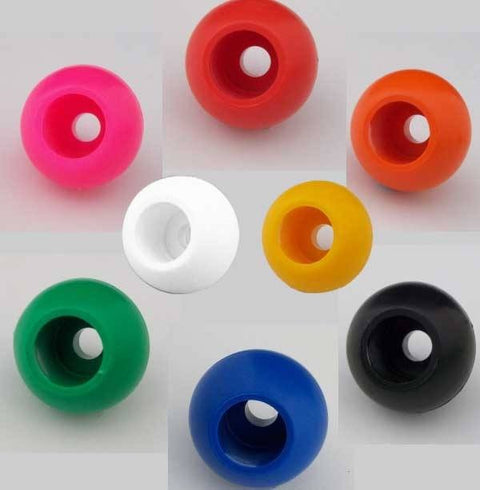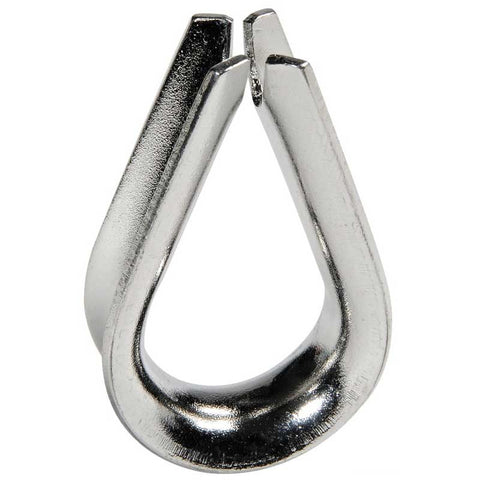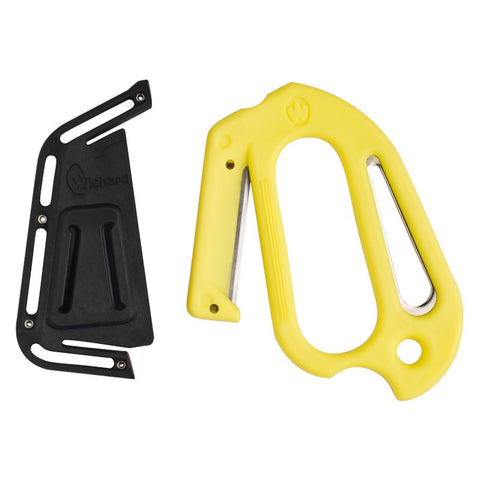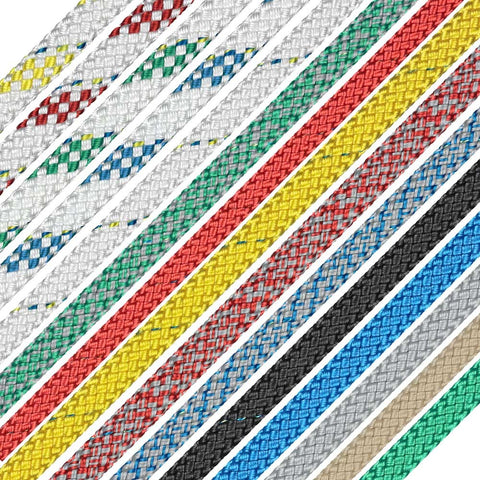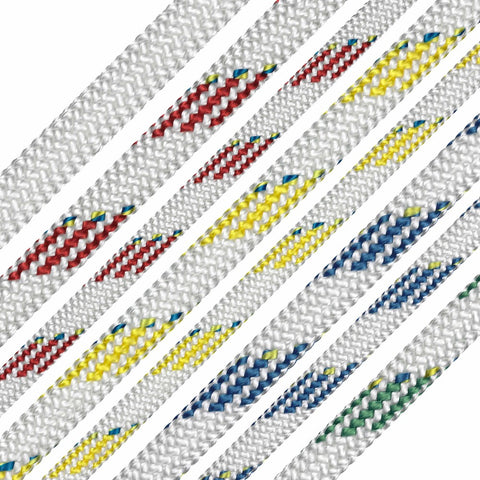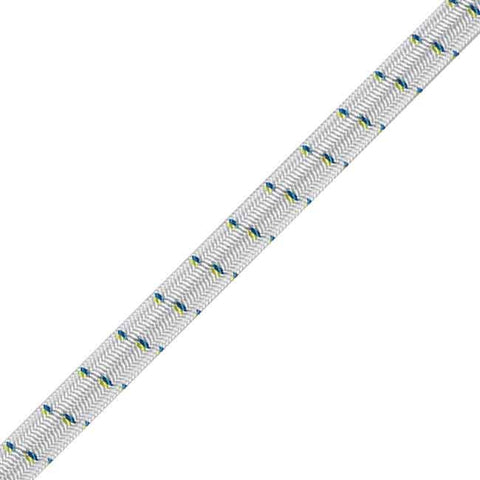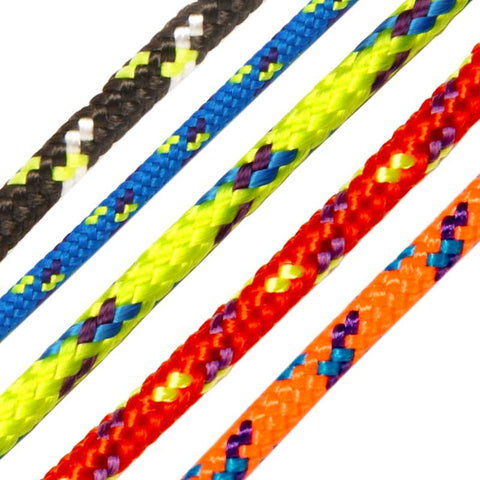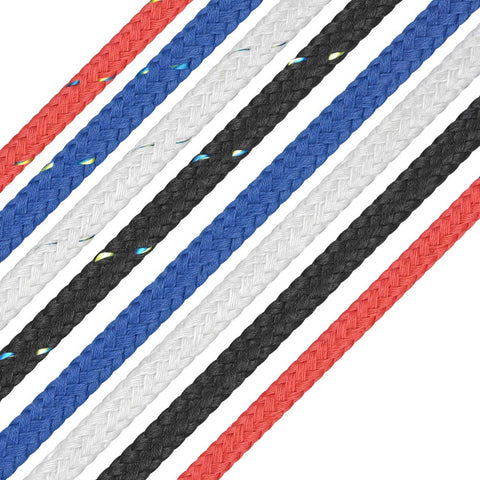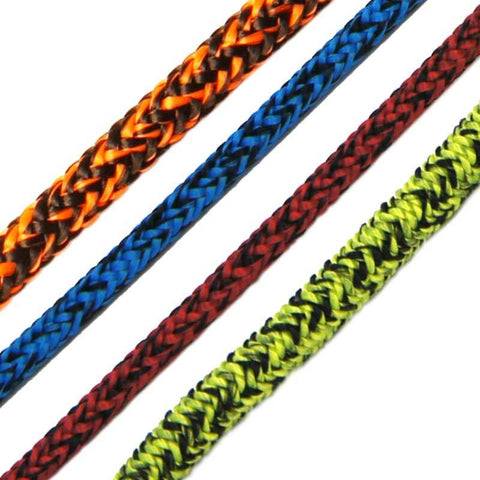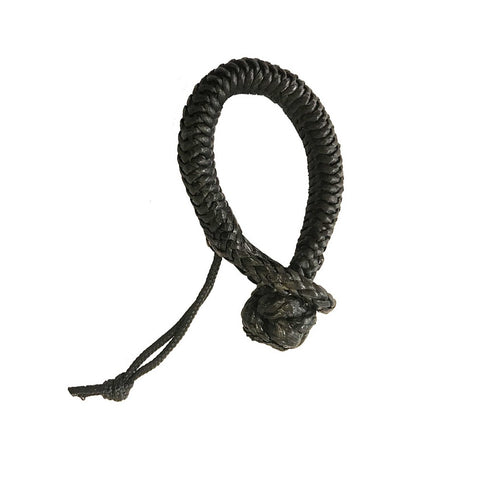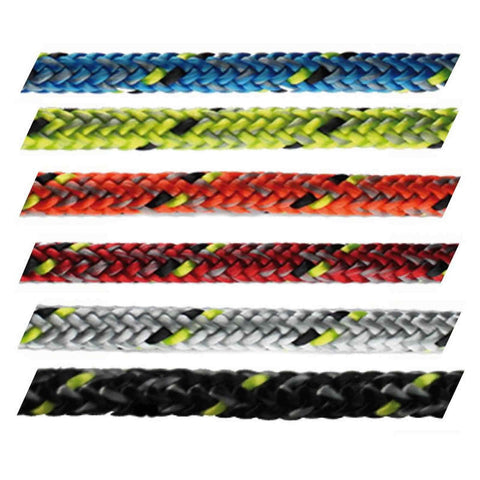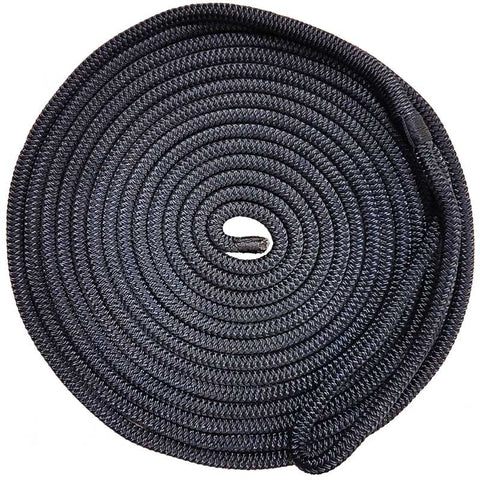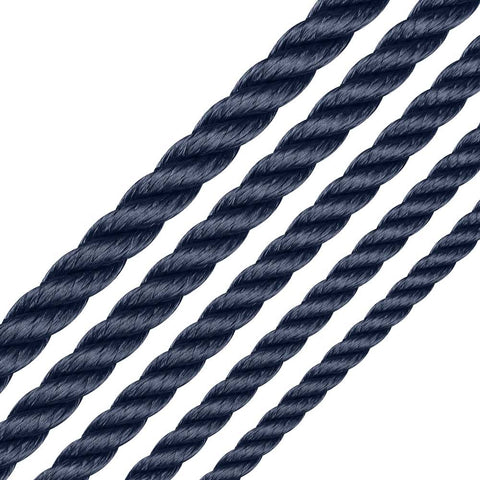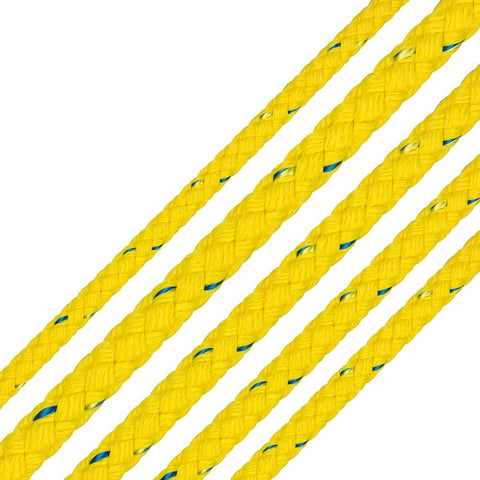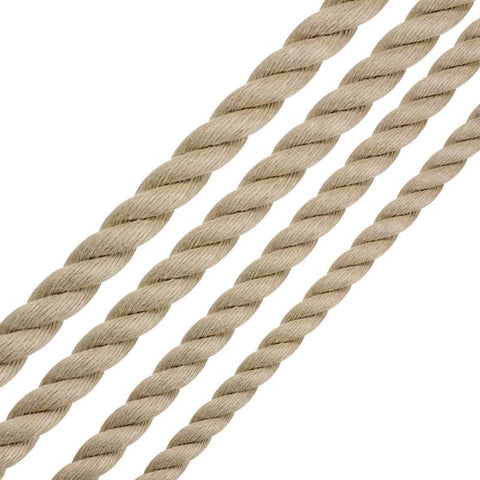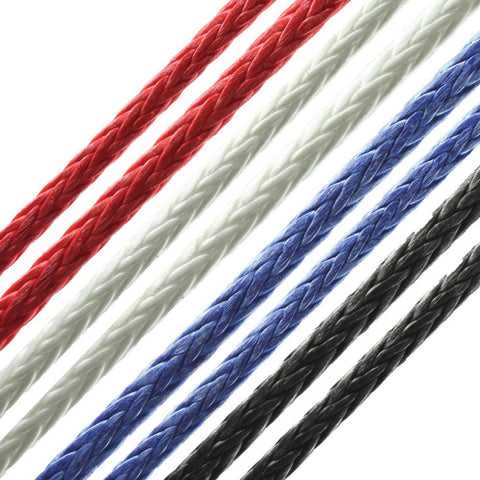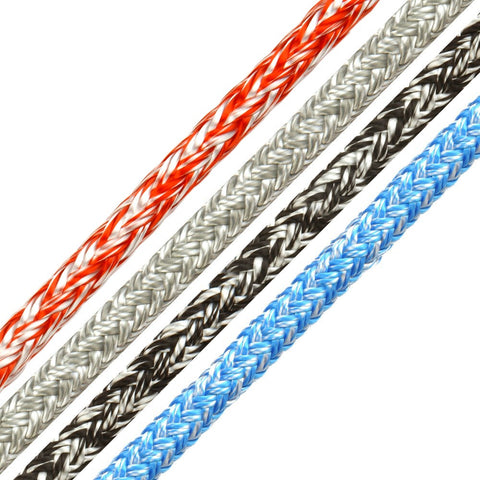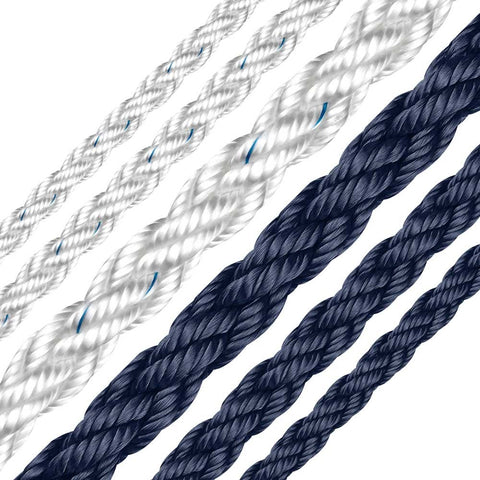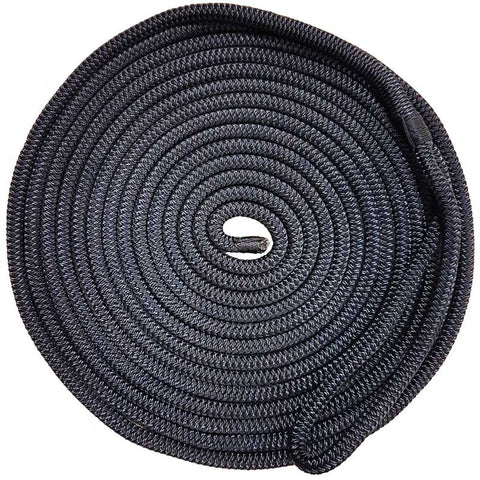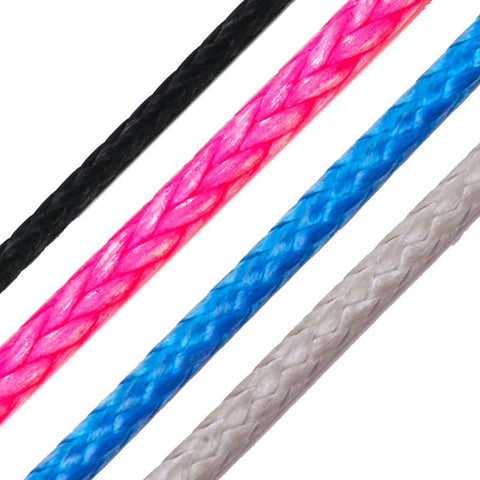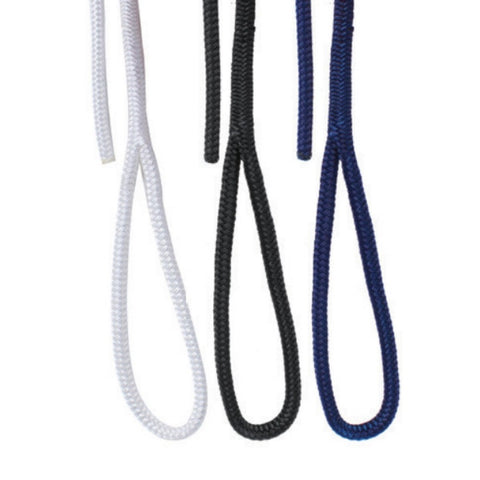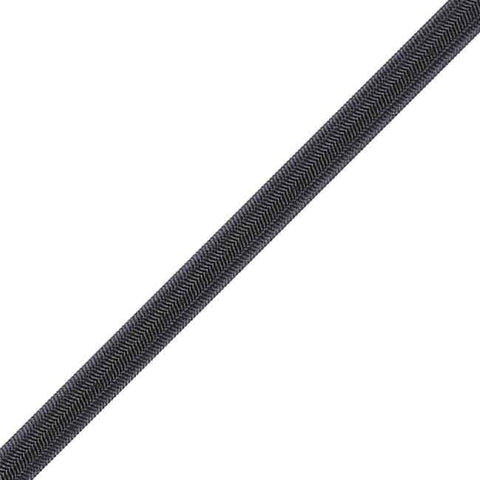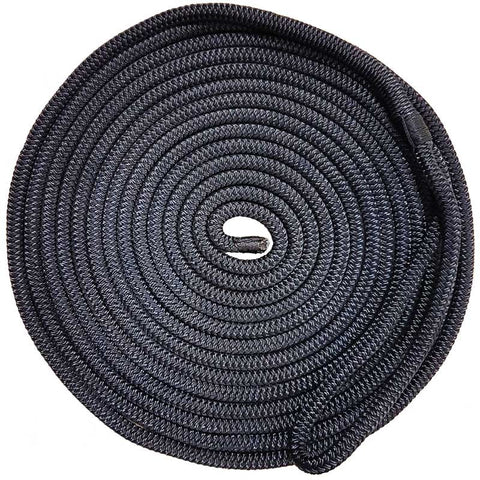Frequently asked question about boat ropes
Choosing the correct rope depends on its intended use. A mooring rope must withstand long-term load, chafe and UV exposure as it holds the boat to berth, so strength and elasticity matter. A sailing rope (such as a halyard or sheet) demands low stretch, smooth handling and minimal weight so sail control remains crisp.
A general boat rope or nautical rope may fulfil both deck-use and rigging tasks but may not excel in extreme conditions. At Fox’s Chandlery you’ll find tailored options across all categories so you can select a rope optimised for its task.
Very important. The rope you buy will be exposed to sunlight, salt-water spray and continuous movement over deck hardware or through chafe points.
For example, the Marlow Excel Pro 16 plait polyester rope offers bright colours for visibility, a 16-plait durable cover and excellent UV resistance. A rope lacking these properties will deteriorate faster, reducing safety and service life.
Most boat ropes today are made from synthetic fibres such as polyester, nylon, or polypropylene. Polyester offers excellent UV and abrasion resistance and minimal stretch, making it ideal for sailing applications.
Nylon provides greater elasticity and shock absorption, making it well suited for mooring lines and anchor ropes. Polypropylene is lightweight and floats on water, making it useful for safety or towing lines. Understanding these material differences ensures you choose the most appropriate rope for each onboard task.
The lifespan depends on usage, environment and how well it is maintained. Ropes regularly exposed to high UV, abrasion or heavy load will degrade sooner. Regular inspection for fraying, loss of core integrity, stiffness or discolouration is advisable.
Avoid dragging the rope over rough surfaces, rinse with fresh water if used in salt, and stow neatly when not in use. With proper care, a high-quality sailing rope or mooring rope from our collection offers reliability season after season.
While tempting, it is generally inadvisable. The demands on a mooring rope differ significantly from those on a sailing rope. A mooring line must cope with static load, changes in tide and berthing shocks, so elasticity, thickness and abrasion resistance are key.
In contrast, a sailing line must be lightweight, low-stretch and perform through blocks, jammers and fairleads. Using a single rope may force compromise and reduce performance or safety. It’s best to select purpose-built rope for each role and Fox’s Chandlery provides clear options to match those roles.

